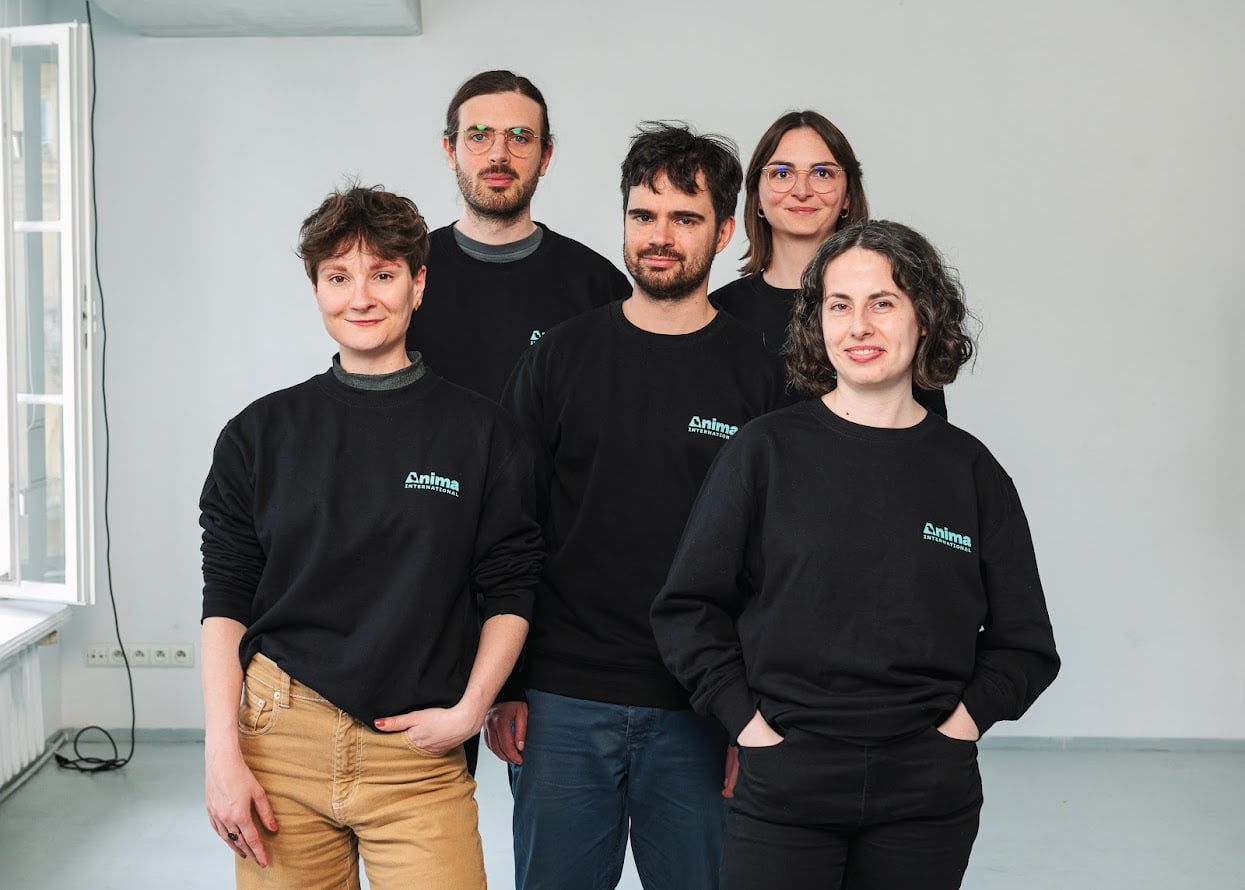Hello, my name is Tim Sankara, and I am the lead facilitator at the EA university group at Jomo Kenyatta University of Agriculture and Technology (JKUAT). Founded in September 2022, our group operates just an hour away from Nairobi, the Kenyan capital. In this article, I want to share some outreach strategies that have significantly boosted our group's engagement, hoping they might help other community builders achieve similar success.
When speaking with other group organizers, a common question I encounter is: "How many people are in your group?" People are often surprised when I tell them that we have over 75 members, each with varying levels of commitment to the EA cause. While a larger group may lead to a bigger impact, it is not always guaranteed. However, I’d like to share some tips on how we've managed to maintain consistent engagement and grow our numbers.
Our primary outreach strategy is headhunting. This involves asking current EA group members to recommend others who might benefit from our mission and to invite them to apply for our introductory fellowships. Initially, most of our founding fellows were my friends—people with whom I frequently discussed ways to positively impact the world. When founding our group, we did utilize online ads, tabling, handing out flyers, and hanging posters in high student traffic areas as recommended by the groups outreach guide, workshops and UGAP mentor. But the core membership of our initial fellowship comprised individuals I already knew and could easily introduce to EA concepts.
This headhunting approach has set the tone for our community-building efforts ever since. We extend this strategy by encouraging our current fellows to reach out to their own networks after we've coached them on the basic EA pitches. This method has yielded a massive amount of connections and leads for our fellowships. The main benefit is the general lack of resistance to EA ideas, as the person pitching is someone the prospective fellow already knows and trusts.
A welcome benefit of the headhunting method is how welcome it has made most of our members feel at EA JKUAT. The community aspect of this method is significant: most new members already have a known person they can easily chat with during socials and other EA JKUAT events. This helps them feel more committed to attending and inadvertently provides them with an accountability buddy who often encourages them to show up to all the sessions. Additionally, this approach fosters a strong sense of belonging and support within the group, as members are more likely to help each other and share resources, further enhancing community health and cohesion. Thus creating a group that students actually want to be a part of.
Another notable benefit of the headhunting method is its positive impact on member retention. By bringing in new members through personal connections, we've noticed that individuals are more likely to stay engaged with the group beyond their introductory fellowships. This has significantly reduced dropout rates over time.
One particularly impactful story from our headhunting efforts involves my current co-lead, a pharmacy student and friend outside of EA. Initially unsure how to make an impact with their career post-undergrad, they have now pivoted their plans and fully intend to work on existential risk research, focusing on bio risks. This impact is a direct result of our headhunting outreach strategy and the amazing content provided by the groups team.
Another highly effective outreach method we've used is pitching EA at student clubs and societies that share an interest in making a positive societal impact. We identify clubs with overlapping values, approach their leaders, and request a short slot to present EA to their members. During these pitches, we invite members to our upcoming social events, providing a friendly introduction to our movement. For instance, in one of our cohorts, most of the fellows came from a university club that we had pitched to. The members of this club were already interested in making a massively positive change, which aligned perfectly with EA's goals.
Although headhunting and pitching at clubs are not official outreach methods and are not directly recommended by the standard outreach handbook, they have proven to be super effective for our group. Perhaps other community builders might find these strategies helpful as well.
These two tactics, coupled with significant feedback from our Organizer Support Program (OSP) mentor, have led to unexpected growth in our membership. I believe that with the right approach, other community builders can leverage these strategies to enhance their outreach efforts and increase involvement in the EA movement.



Executive summary: The EA university group at Jomo Kenyatta University of Agriculture and Technology (JKUAT) in Kenya has successfully grown to over 75 members by using headhunting and pitching to aligned student clubs as their primary outreach strategies.
Key points:
This comment was auto-generated by the EA Forum Team. Feel free to point out issues with this summary by replying to the comment, and contact us if you have feedback.